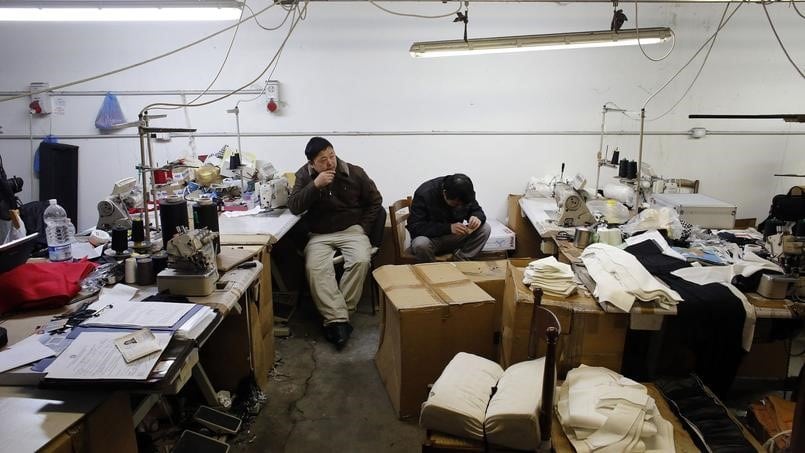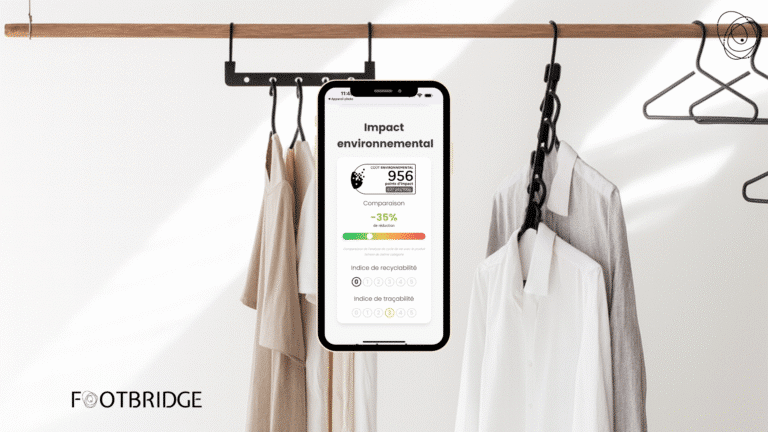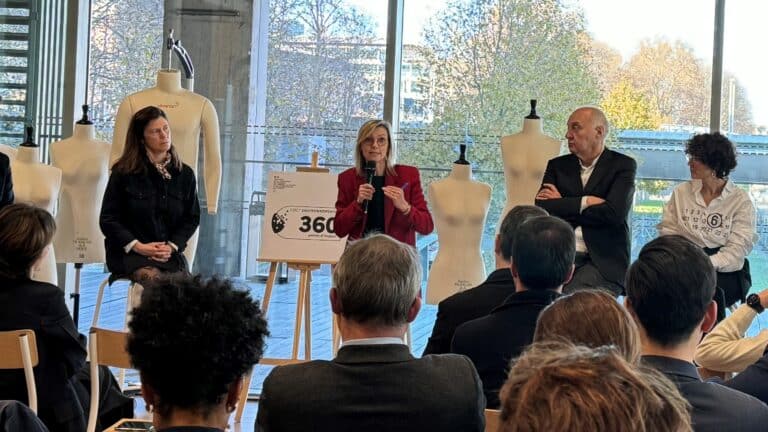The Uyghur scandal continues to reverberate around the world. Fashion Network’s article “Uyghurs: what is the basis of the complaint against Inditex, Uniqlo, SMCP and Skechers?” is yet another example.
Can a brand that claims to be “Conscious” manufacture part of its products or materials in a region where human rights and working conditions are flouted in this way?
Faced with the risk of boycotts in China, should an international brand accept allegiance to the Chinese Party, or should it leave the country to live up to the commitments it advocates?
There are beautiful factories all over the world, in China, Bangladesh and elsewhere. But there are also many unacceptable abuses.
The problem of the Uyghurs is unfortunately not the only one in our industry. Forced labor on cotton fields in Uzbekistan (which seems on the way to being eradicated), sweatshops in Europe, working and safety conditions in certain dyehouses…
One thing’s for sure: a brand that upholds its values and is committed to sustainable development must control its production processes from start to finish. The reality today is that brands know (often but not necessarily well) their tier 1 (the garment maker or knitter), but they have no visibility of what goes on upstream.
Sommaire
Getting Rank 1 to sign documents is essential, but by no means sufficient.
It’s not enough to get your Tier 1 to sign general purchasing conditions or a supplier code of conduct to be covered and absolve you of any liability. If suppliers want to keep their customers, they have to sign these documents. So they do. But do they have the capacity (or even the will) to respect them? At worst, they’ll have to square up the factory at the annual certification audit.
Corruption can also help in certain cases…
On the one hand, the code of conduct must apply to both parties. If the brand does not respect its suppliers, or does not allow them to do their job properly by imposing ever-lower prices or impossible deadlines, the code of conduct cannot be enforced. This code of conduct cannot be respected, and only the brand will be responsible.
On the other hand, the brand is responsible for choosing its suppliers. It’s best to choose the right ones.
Finally, even if the manufacturer respects its social and environmental commitments. What about the rest of the supply chain?

The reality on the ground is very different from what you might imagine behind a screen in Paris.
The reality is that there’s no real “green” material available for everyone. The reality is that some certificates are forgeries. The reality is that some factories have a double counting system for hours worked, with official counting during the day and unaccounted, unpaid hours in the evening…
So, no, it’s not possible to know how your products are made if you don’t regularly visit the entire production chain.
Calculate the eco-score of your clothing
Master the environmental impacts of your designs with our dedicated platform.
Schedule a demoIn short, a Western brand can’t be fooled into saying it didn’t know.
This situation is forcing all market players to stop standing still on social and environmental issues.
But making commitments and enforcing them requires a profound change of software. It’s no longer a question of buying a price and a deadline. It’s about knowing your partners, the conditions under which the product is manufactured from start to finish, and controlling all stages and certifications.
Traceability is the 1st essential step towards eco-design and the control of social conditions.
Except that we’re in a highly fragmented industry, with players located in the 4 corners of the world. Mapping out all our supply chains is a major undertaking. But it’s a crucial step if we are to keep our promises.
Otherwise, brands will continue to jeopardize their most important asset: their reputation. Greenwashing is not without danger. Those who think that being involved in a scandal like Rana Plaza, for example, will ultimately have little impact on their sales are sadly mistaken. The steady decline in sales over the past 10 years, in France and many other Western countries, can be explained by a number of factors, not least the public’s disenchantment with fashion and its considerable social and environmental costs.
And new generations won’t forgive

So yes, brands and retailers have a full responsibility to
- ensure that their products are manufactured in good social and environmental conditions ;
- commit their supply chains to a process of progress
This is no longer a buyer’s job, but a builder’s job. Each stakeholder in the supply chain must assume its responsibilities, but the brand is and will remain the orchestra conductor.
Then fashion will once again be able to enchant!
- https://fr.fashionnetwork.com/news/Ouighours-sur-quoi-repose-la-plainte-deposee-contre-inditex-uniqlo-smcp-et-skechers-,1294429.html
- http://www.ilo.org/global/about-the-ilo/newsroom/news/WCMS_769038/lang–fr/index.htm
- https://www.lefigaro.fr/international/2017/03/30/01003-20170330ARTFIG00255-chasse-aux-clandestins-a-prato-le-plus-grand-chinatown-d-italie.php
Photo / Champ de coton / OIT Infos
Photo / Atelier / Figaro






